Karim Tabia
CRIL
ASTERYX : A model-Agnostic SaT-basEd appRoach for sYmbolic and score-based eXplanations
Jun 23, 2022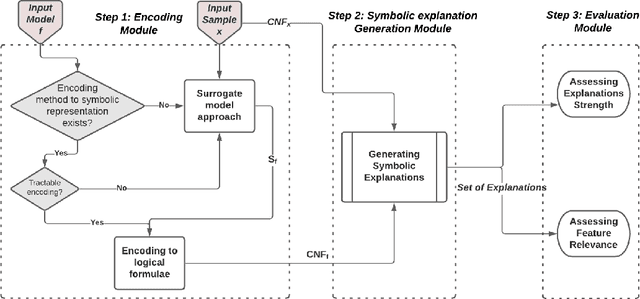

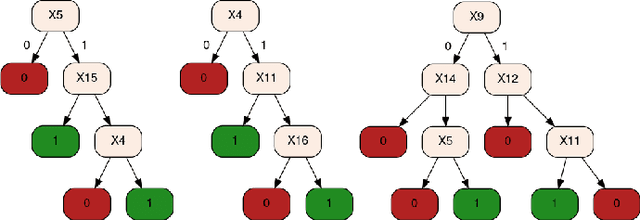

Abstract:The ever increasing complexity of machine learning techniques used more and more in practice, gives rise to the need to explain the predictions and decisions of these models, often used as black-boxes. Explainable AI approaches are either numerical feature-based aiming to quantify the contribution of each feature in a prediction or symbolic providing certain forms of symbolic explanations such as counterfactuals. This paper proposes a generic agnostic approach named ASTERYX allowing to generate both symbolic explanations and score-based ones. Our approach is declarative and it is based on the encoding of the model to be explained in an equivalent symbolic representation, this latter serves to generate in particular two types of symbolic explanations which are sufficient reasons and counterfactuals. We then associate scores reflecting the relevance of the explanations and the features w.r.t to some properties. Our experimental results show the feasibility of the proposed approach and its effectiveness in providing symbolic and score-based explanations.
* arXiv admin note: text overlap with arXiv:2206.11539
A Model-Agnostic SAT-based Approach for Symbolic Explanation Enumeration
Jun 23, 2022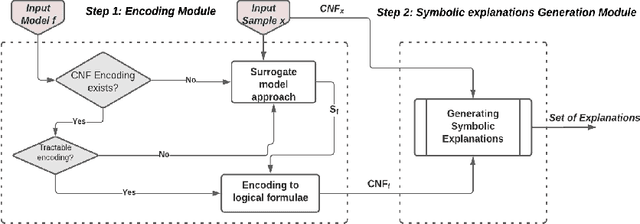
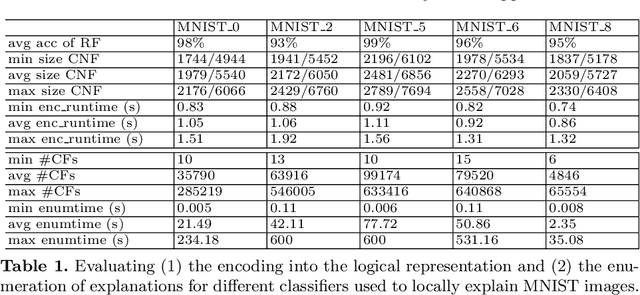
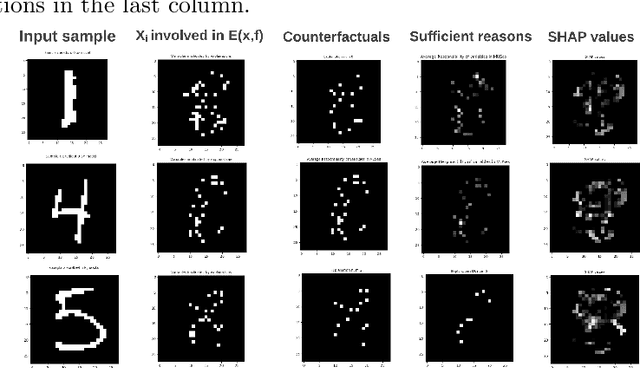
Abstract:In this paper titled A Model-Agnostic SAT-based approach for Symbolic Explanation Enumeration we propose a generic agnostic approach allowing to generate different and complementary types of symbolic explanations. More precisely, we generate explanations to locally explain a single prediction by analyzing the relationship between the features and the output. Our approach uses a propositional encoding of the predictive model and a SAT-based setting to generate two types of symbolic explanations which are Sufficient Reasons and Counterfactuals. The experimental results on image classification task show the feasibility of the proposed approach and its effectiveness in providing Sufficient Reasons and Counterfactuals explanations.
A Symbolic Approach for Counterfactual Explanations
Jun 20, 2022Abstract:In this paper titled A Symbolic Approach for Counterfactual Explanations we propose a novel symbolic approach to provide counterfactual explanations for a classifier predictions. Contrary to most explanation approaches where the goal is to understand which and to what extent parts of the data helped to give a prediction, counterfactual explanations indicate which features must be changed in the data in order to change this classifier prediction. Our approach is symbolic in the sense that it is based on encoding the decision function of a classifier in an equivalent CNF formula. In this approach, counterfactual explanations are seen as the Minimal Correction Subsets (MCS), a well-known concept in knowledge base reparation. Hence, this approach takes advantage of the strengths of already existing and proven solutions for the generation of MCS. Our preliminary experimental studies on Bayesian classifiers show the potential of this approach on several datasets.
A General Modifier-based Framework for Inconsistency-Tolerant Query Answering
Feb 18, 2016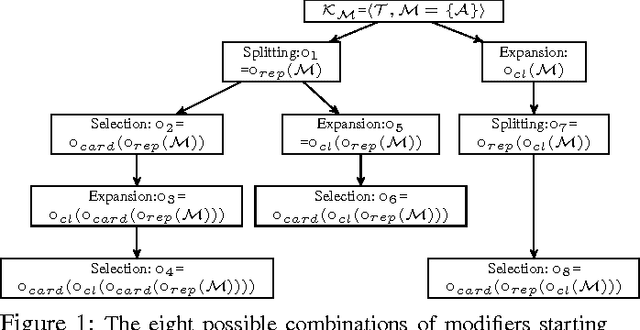
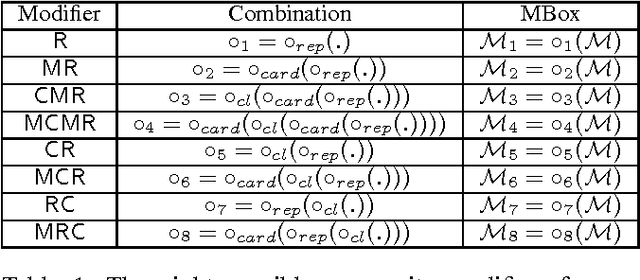

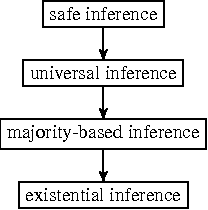
Abstract:We propose a general framework for inconsistency-tolerant query answering within existential rule setting. This framework unifies the main semantics proposed by the state of art and introduces new ones based on cardinality and majority principles. It relies on two key notions: modifiers and inference strategies. An inconsistency-tolerant semantics is seen as a composite modifier plus an inference strategy. We compare the obtained semantics from a productivity point of view.
 Add to Chrome
Add to Chrome Add to Firefox
Add to Firefox Add to Edge
Add to Edge